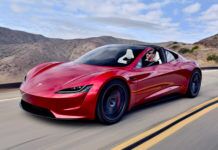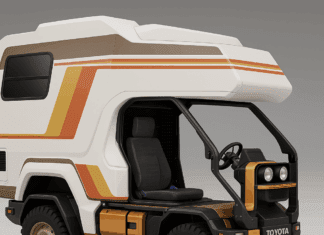We’re back to 3D – even with digital instrument clusters!
Continental has been working on implementing new technology for several years, and now has launched its “autostereoscopic” 3D technology that’s meant to show how digital displays will look on upcoming new cars. This particular demonstration shows the new instrument cluster display technology on the Genesis GV80. This technology gives you a three-dimensional interface that can project images toward the driver’s line of sight. Continental’s “Cross Domain Hub” system eliminates the separation/boundaries between the various screens most systems use. You will be able to access various functions on a wide virtual display, rather than than thumbing through various/seperate screens.
“With our volume-production display featuring autostereoscopic 3D technology, we are raising human-machine interaction to a whole new level and laying the foundations for intuitive communication in the connected cockpit of tomorrow,” said Dr. Frank Rabe, head of the Human Machine Interface business unit at Continental. “To ensure that this gain in safety and comfort does not come at the expense of a lean electronics architecture, we integrated various displays in the center console or dashboard into our Cross Domain Hub.”
The technology uses cameras to see the driver’s eye position. Slanted slats which create parallax barriers around the dashboard area. Images float in space, in front of each of the driver’s eyes – slightly off-set. This gives the 3D effect. It can then project three-dimensional images such as road signs, obstacles and other outside images.
The future of three-dimensional displays
Continental is currently developing a new 3D display based on the natural 3D Lightfield Technology from Silicon Valley based Leia Inc. Soon, all of your passengers, in the front and rear seats, will be able to see 3D movies on the road.
“An optical waveguide with diffraction grating and nanostructures beneath the display panel creating a natural 3D effect by bending the light. Continental is adapting this technology for use in vehicles. This system is being prepped for a 2022 release.
Speaking of technology, check out some interesting tech Hyundai Motor Company currently uses in its new Sonata:





















